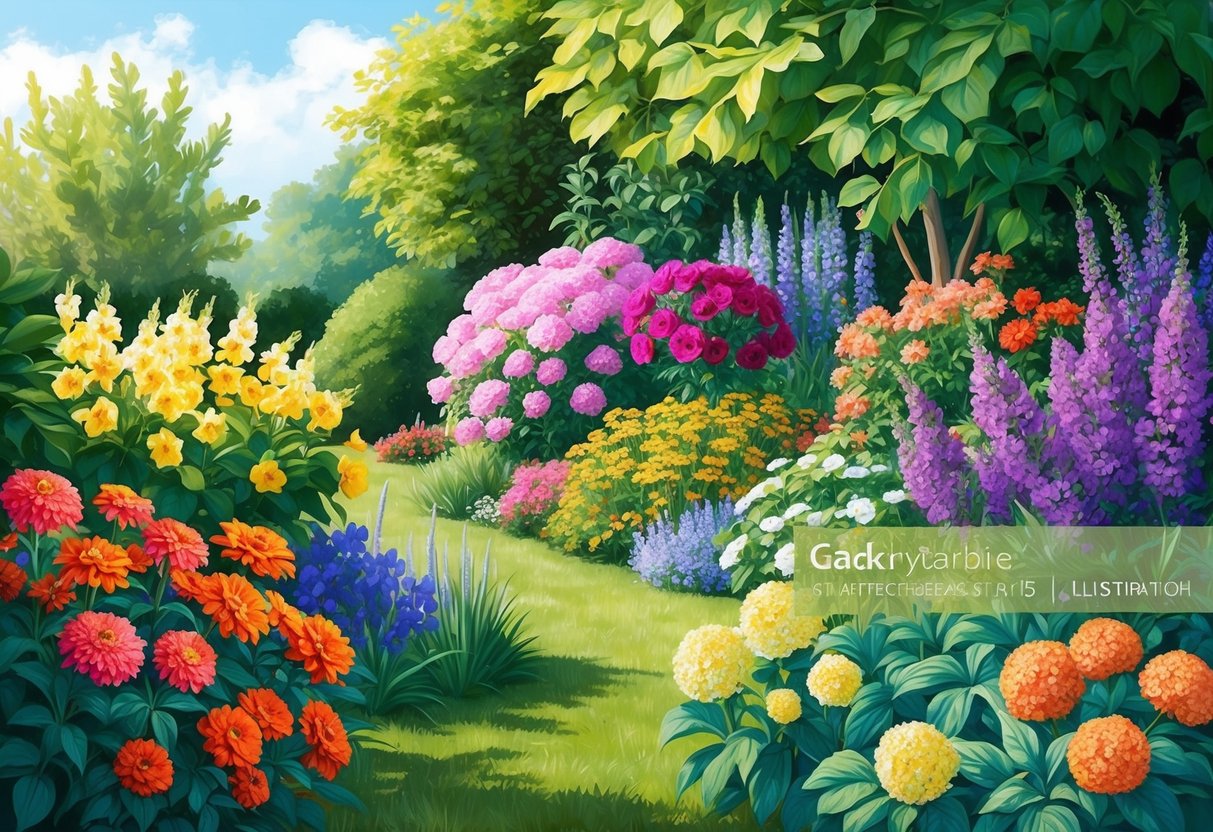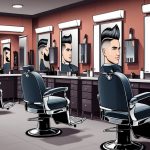
Vibrant hair colors can transform a look, but the best results come from enhancing natural undertones instead of masking them. Choosing the right bold shade—whether neon, pastel, or jewel-toned—to complement individual undertones creates a striking result that looks harmonious and intentional.
The latest trends in hair color now focus on personalization. People are encouraged to celebrate both their skin tone and unique style with head-turning hues.
Expert colorists recommend shades tailored to undertones. For cool undertones, platinum blonde, ash brown, or pure black can provide a sophisticated effect.
Those with warm undertones often see the most flattering results from golden blondes, rich honey browns, and coppery reds. New trend reports for 2025 suggest that neon and fantasy colors, as well as bold primary shades, are gaining popularity for anyone ready to experiment.
Readers searching for the perfect balance of vibrant color and undertone-matching can find inspiration and practical advice in this guide to 2025 hair color trends and expert tips.
Understanding Hair Color and Natural Undertones
Hair color can either enhance or dull a person’s complexion depending on how well it matches their undertones. Knowing how undertones work makes it easier to choose shades that complement the skin and bring out vibrant, flattering hues.
Defining Undertones in Hair and Skin
Undertones are the subtle hues beneath the surface of the skin and hair that affect how color appears. While people often focus on their surface skin tone—such as fair, medium, or deep—the undertone can be cool, warm, or neutral.
Cool undertones have hints of blue, pink, or red. Warm undertones show gold, peach, or yellow.
Neutral undertones are a mix without dominant color. These underlying shades play a key role in how both natural and artificial hair colors look against the complexion.
For example, someone with cool undertones may notice that silver jewelry is more flattering. Those with warm undertones may find that gold jewelry enhances their skin.
Recognizing these subtle differences can help in selecting colors for hair, makeup, and clothing for an overall balanced appearance.
How Hair Color Reflects Undertones
Hair color choices are most impactful when they align with natural undertones, creating cohesion between hair, eyes, and skin. Cool-toned hair colors, such as ash blonde, platinum, and cool browns, can enhance blue or pink undertones in the skin.
These shades prevent unwanted contrast and highlight a person’s inherent coloring. Warm hair shades, like golden brown, caramel, and copper-red, typically flatter skin with golden, peach, or yellow undertones.
Matching warm hair color to warm skin tone can help achieve a healthy, radiant effect. People with neutral undertones tend to have the flexibility to wear a broader range of shades, both warm and cool, without clashing.
Professional stylists recommend considering undertones to avoid washed-out or overly harsh results. For more information on aligning hair color choices, see this guide to choosing hair color for your skin tone.
Determining Your Unique Undertone
To find the right colors, it’s important to accurately assess one’s own undertone. A few popular methods include examining the veins in the wrist (blue or purple veins suggest cool undertones; green veins indicate warm), assessing how skin reacts to sun exposure, and noting which metal jewelry complements the skin.
Makeup artists and colorists often use these cues alongside professional evaluation. Additionally, trying different colored fabrics or paper next to the face in natural light offers a practical way to spot whether cooler or warmer shades suit the complexion best.
Knowing your undertone allows tailored choices for hair color that can elevate your features. For further guidance and professional tips, many salons offer assessments and expert advice for matching hair color to natural undertones.
Choosing Vibrant Hair Colors Based on Undertones

Selecting the right hair color can highlight natural features and bring out the best in anyone’s complexion. Vibrant shades tailored to skin undertones provide a more harmonious and flattering result than simply picking trendy colors.
Best Colors for Warm Undertones
Warm undertones appear golden, peachy, or yellow beneath the skin. People with warm undertones tend to look best in hair color with similar warmth and richness.
Popular choices include golden blondes, honey caramels, rich coppers, and chocolate browns. Copper, auburn, and deep reds add dimension and vibrancy.
These shades emphasize the natural glow in warm-toned skin without clashing or looking flat. For those interested in playful hues, vivid oranges, sunset corals, and spice-inspired reds complement warm undertones well.
For more suggestions, see this list of hair colors for warm skin tones. Highlighting techniques like balayage in golden or amber shades further enhance the complexion and give hair a sun-kissed effect.
Avoid ashy or overly cool colors, which can create a dull appearance.
Best Colors for Cool Undertones
Cool undertones have hints of pink, red, or blue. Individuals with cool undertones benefit from hair colors that mirror coolness.
Platinum blonde, ash brown, and icy silver are classic flattering choices. Rich shades like burgundy, violet, and cool espresso brown bring out the coolness of the skin and create balanced contrast.
Those looking for bolder colors can experiment with cool-toned blues, lavenders, or emerald greens for a unique look. Ashy highlights or pastel streaks offer another way to boost vibrancy.
Avoid warm, orange-based hues, which may clash with cool undertones and make the skin appear sallow. Additional guidance can be found in this hair color selection guide by undertone.
Adapting Shades for Neutral Undertones
Neutral undertones are a balanced mix of warm and cool hues, making them versatile. People with neutral undertones can usually wear a wide spectrum of hair color choices, from soft beige blondes and light browns to vivid violets and rich oranges.
Neutral skin benefits from both warm and cool shades, but it’s best to avoid extremes at either end of the spectrum. Natural highlights and soft blends of both warm and cool tones provide dimension and depth.
Those wanting vibrant colors can confidently try bold blue-greens, berry reds, or rose gold, as well as metallics like champagne blonde or bronze. When selecting a shade, going a tone or two either warmer or cooler adds interest without overwhelming the complexion.
For modern vibrant hair color trends, this flexibility is a distinct advantage.



